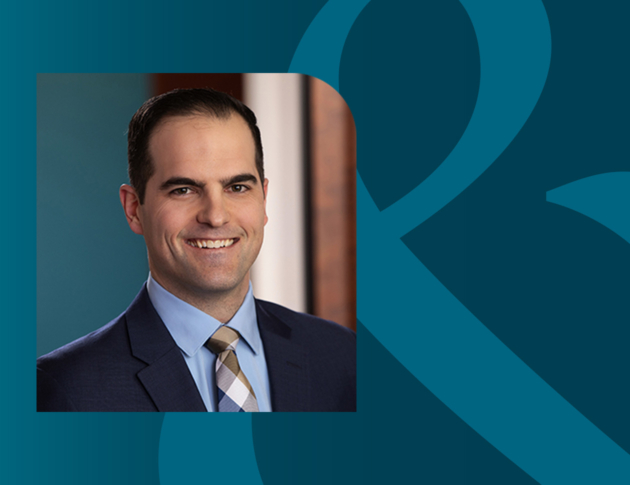
Macro
What the Federal Shutdown Means for the Economy and Markets
Global Strategist Bill Sterling takes us through how the US federal government shutdown may affect the economy and markets.
Read Article

Macro
Global Strategist Bill Sterling takes us through how the US federal government shutdown may affect the economy and markets.
Read Article

Macro
Harold Kotler, Bill Sterling, & Dan Fasciano discuss market growth drivers, AI’s impact, policy risks, and investment opportunities in small caps, bonds, and global markets.
Read Article

Macro
Despite political uncertainty, the stock market rises, driven by falling interest rates, the AI revolution, and renewed confidence in capitalism. Hear more from GW&K’s CIO, Harold Kotler.
Read Article

Municipal Bond
Municipal bonds surged in the third quarter, driven by long-end gains, strong demand, and resilient credit fundamentals. The market enters Q4 on solid footing.
Read Article

Taxable Bond
3Q2025 was another strong quarter for fixed income markets. Our Taxable Bond Team shares what they’re seeing in the market.
Read Article

Domestic Equity
US equities soared in the third quarter, led by AI and tech. Small caps outperformed, gold hit record highs, and Fed rate cuts boosted market optimism.
Read Article

Global Equity
Global small caps rose in 3Q2025. Our team favors steady, undervalued companies, choosing to focus on fundamentals over market hype.
Read Article

Municipal Bond
NYC’s strong fiscal safeguards and oversight ensure stable credit ratings, despite political proposals for higher taxes and new debt.
Read Article

Wealth Insights
Diversification matters: Bonds historically outperform cash in downturns, offering principal protection and steady income alongside stocks.
Read Article